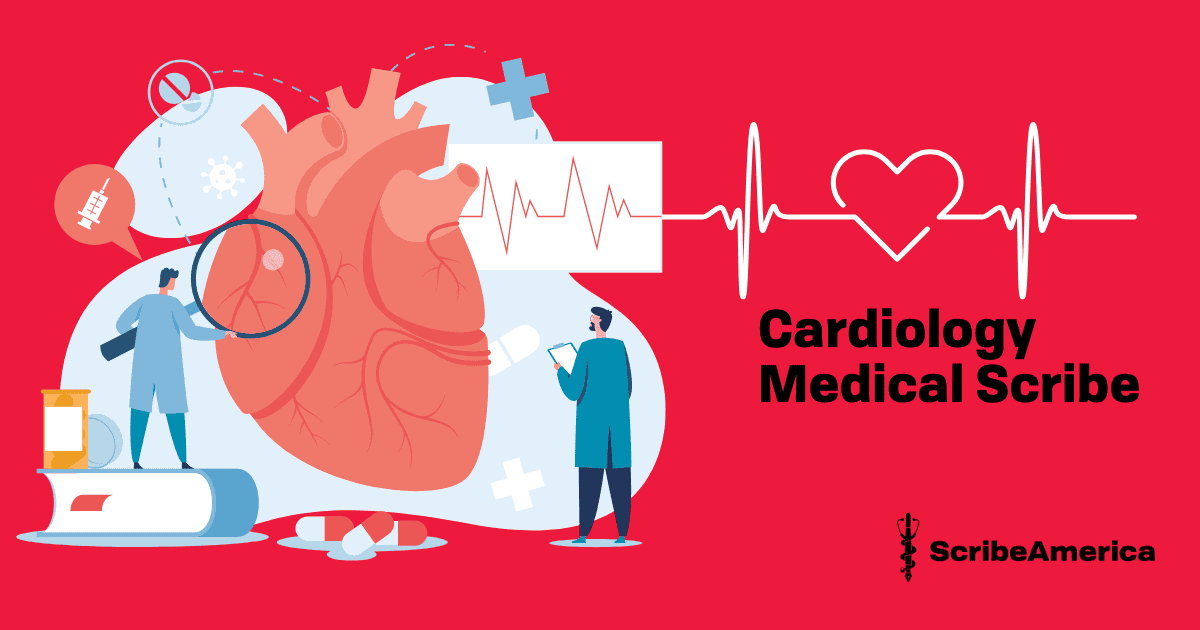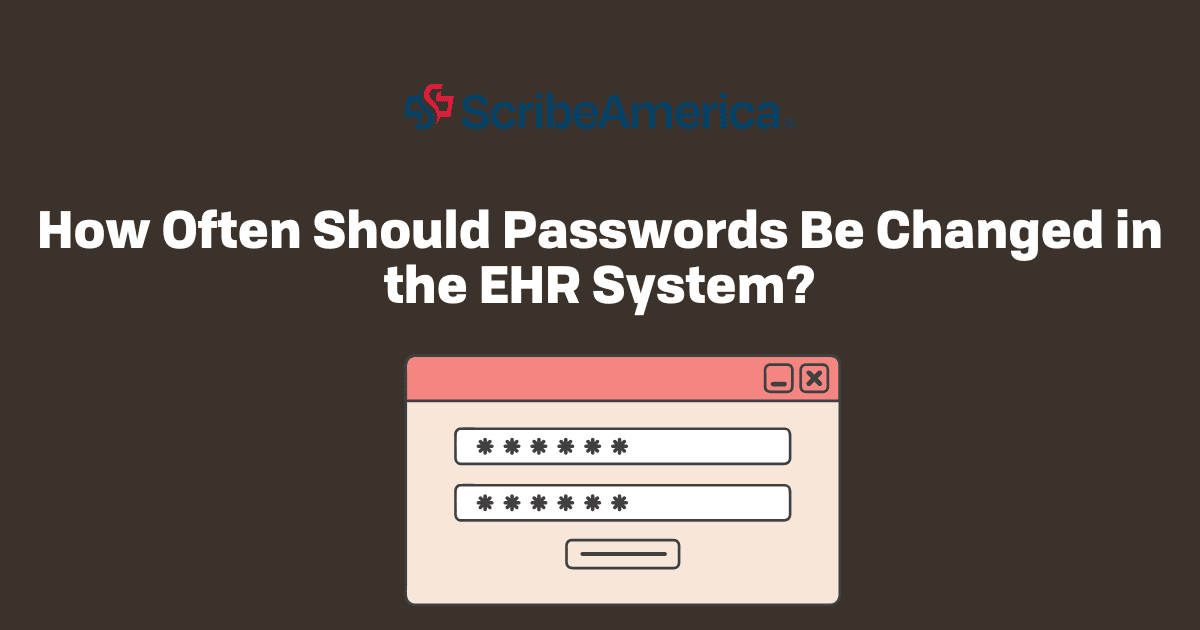The healthcare industry constantly evolves, with new roles emerging to support the complex needs of medical professionals. One crucial role is that of a cardiology medical scribe, often called a cardiology scribe or cardio scribe. This position is key in cardiology practices, helping to improve the efficiency and accuracy of patient care. So, what exactly does a cardio scribe do? Keep reading to find out!
What does a cardiology scribe do?
A cardiology medical scribe acts as the right hand of a cardiologist, managing clinical documentation and ensuring that patient interactions are recorded meticulously. Their primary responsibility is to document the physician-patient encounter in real-time, entering information into the electronic health record (EHR) system. This includes noting down patient histories, physical exams, and any discussions regarding diagnosis and treatment plans.
Beyond documentation, a cardiology scribe helps with retrieving patient records, test results, and coordinating with other healthcare providers. This allows cardiologists to focus more on patient care rather than administrative duties. The precision and timeliness of a medical scribe in cardiology are crucial, as they help in maintaining a seamless workflow.
Essential skills for a cardiology medical scribe
To excel as a cardiology scribe, you should have a few paramount skills. Firstly, you should have a strong understanding of medical terminology, especially related to cardiology. During work, you’ll frequently hear terms like myocardial infarction, arrhythmia, and echocardiogram. Specialized knowledge will allow you to accurately document patient conditions and treatments.
Attention to detail is another crucial factor. Even small oversights can have big consequences. A keen eye ensures that every patient interaction is recorded accurately, capturing exactly what the cardiologist observes and instructs.
Last but not least, proficiency with electronic health records. A lot of a cardiology scribe's work involves using EHR systems, so being familiar with these platforms and navigating them efficiently is a must. You also need to type quickly and accurately to keep up in a fast-paced medical setting.

The language of cardiology - introduction to key terminology
A successful cardiology medical scribe must be well-versed in the language of cardiology. Here are examples of a few essential terms you should know:
- Angina - chest pain caused by reduced blood flow to the heart muscles.
- Cardiomyopathy - disease of the heart muscle that affects its ability to pump blood.
- Electrocardiogram (ECG/EKG) - a test that records the electrical activity of the heart and helps in diagnosing various heart conditions.
- Hypertension - high blood pressure, a common condition that can lead to severe cardiovascular problems if untreated.
- Stenosis - the narrowing of the heart’s valves or blood vessels, impeding blood flow.
Understanding and accurately documenting such terms is vital for ensuring that the medical records precisely reflect the patient's condition and the cardiologist's assessments.
The takeaway
The role of a cardiology medical scribe is indispensable in modern cardiology practices. By handling the intricacies of documentation and administrative tasks, these professionals allow cardiologists to dedicate more time and attention to patient care.
However, the job demands a deep understanding of cardiology, impeccable attention to detail, and proficiency with electronic health records. For those with a passion for the medical field and an interest in cardiology, becoming a cardiology scribe offers a rewarding pathway to contributing meaningfully to patient health and the efficiency of medical services.
Read also: Do You Need a Certification To Be a Medical Scribe?





